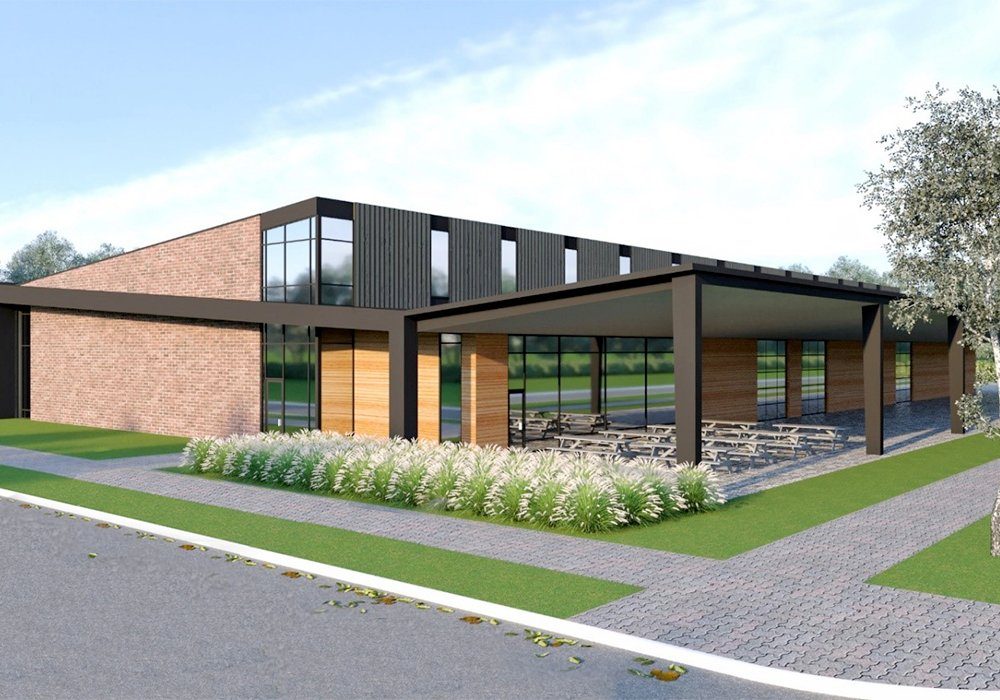Man. university plans crops and soil centre

The University of Manitoba plans to build a $18.7 million Prairie Crops and Soil Research facility on its main campus in Winnipeg.
The university hopes to break ground near the site of the old Agriculture Canada rust laboratory next year.
“I can say we’re beyond two-thirds of the way (for fundraising),” said Martin Scanlon, dean of the agriculture faculty at the U of M.
Earlier in May, the Manitoba Crop Alliance made a major donation to the project, committing $500,000 to the facility.
“We anticipate this expansion and modernization of research capacity at the U of M will accelerate the growth and health of our industry, by putting innovative solutions in the hands of our farmer members,” said Fred Greig, Crop Alliance chair.
Scanlon and other ag faculty leaders have been thinking about the new facility for years. Many of the university’s labs and research buildings, for soil science, plant science and food science, are in need of an upgrade. Scanlon wondered if it was possible to build connections between researchers in different disciplines.
“Between the soil guys, the plant guys, the entomologists, the engineers and also the food scientists…. So all that that stuff coming off the land, whether it’s soil samples, plant samples… they would have a 21st century home to (process and test),” he said.
“That’s where we came up the idea of an integrated soil and crops processing facility.”
As an example of how the integration and teamwork could happen, Scanlon pointed to the proteins within canola meal.
Maybe a major customer wants more production of a certain canola protein, which could be used in the human nutrition market. But it’s unlikely that one U of M expert could solve that problem. It might require a soil fertility specialist, to design a fertilizer program that produces more of the protein in the seed. And likely a canola breeder, who can tweak the plant’s genetic code to produce more of the desired protein. And maybe an agronomist, to study practices that alter the protein profile of the canola seed.
Such a collaboration would expand the market for canola protein and put more money in the pockets of western Canadian farmers.
More fundraising is needed, but Scanlon remains optimistic that the Prairie Crops and Soil Research facility will be operational by the 2023 growing season.
“We’re really hoping there’s going to be 150 researchers, technicians, grad students and summer students (working there),” he said. “I’m really excited about the training potential, as well as the research potential of the facility.”
Contact robert.arnason@producer.com

